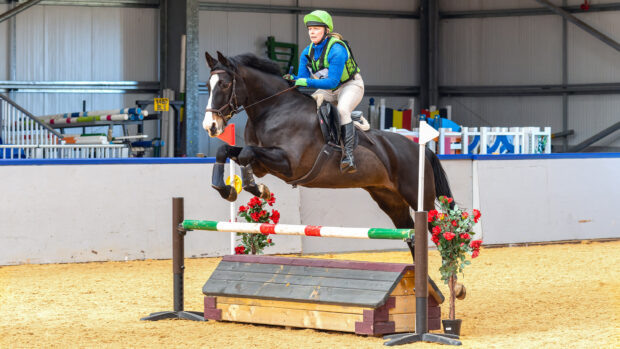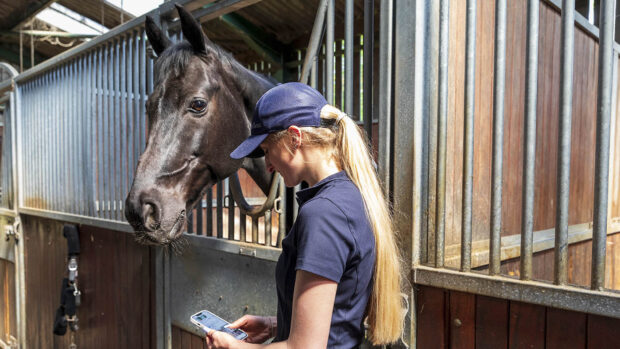Qualifications to compete at CCI* level — the lowest level of international three-day event — will be tightened from 1 July next year.
British Eventing (BE) announced the change online following a meeting of the sport committee on 14 October.
BE sport manager (development) Paul Graham said: “We felt we needed to up the mark slightly to improve the candidates coming through for CCI*. We want to actively promote the standard of riding at every level, and anything that helps people get more experience before they attempt a stronger level can only be a good thing.”
The CCI* qualifications have been under discussion since 2007, when the long-standing requirement to have done either an intermediate or novice two-day before a CCI* was removed. This year, the minimum qualification has been four novices clear across country and with no more than 16 show jumping penalties. The new rules require a rider to have done six novices with these criteria, or four novices and either an intermediate, CIC* or novice two-day.
“It’s a difficult balance, because the FEI [International Equestrian Federation] don’t require you to qualify at a level above that which you are aiming for, which was why the necessity to do an intermediate was removed [in 2007],” said Mr Graham. “A lot of people were attempting intermediates who weren’t capable, but the step up to one-star was a small enough gap from novice.
“But we felt four novices wasn’t quite as strong a requirement as it should be, so if you are qualifying just through novices, you now have to do six. There are people capable of competing at CCI* without being forced to do an intermediate, but if it now takes you an extra month or six weeks to get the qualification, that’s good experience.”
Each national federation is responsible for setting the qualifications for one-stars, while at two-star level and above the FEI sets the standards.
Dressage tests and medical cards
BE also announced there will be changes to five of this year’s new dressage tests across the levels.
“There were some issues with timings and a few movements that didn’t work terribly well, so they’ve been amended,” said BE sport manager (events) Debbie Marfell.
In a post on the website earlier this month, BE announced that next year riders must wear their cross-country medical cards on their arm, not their leg. This has caused some discussion on the H&H forum, with some riders with thin arms saying the card fits and stays better round their leg.
But Miss Marfell explained BE’s reasoning: “This will make the information easier to access should someone’s leg be trapped under their horse and also means the doctors or ambulance personnel have a greater chance of locating the card quicker — it has to be on one of two arms rather than on arms or legs.”
Miss Marfell also confirmed that if riders wish to have the medical card on the shoulder pad of their body protector, this is still allowed.
In other rule changes, neck straps may be used for all phases at all levels, but sheepskin cheekpieces will not be permitted for any phase, and nor will De Gogues for lungeing. These latter two exclusions will bring BE in line with the FEI and the consistency will make stewarding easier.
But the BE website notice added: “However, sheepskin cheekpieces may be allowed if needed for horse welfare [such as if a bridle rubs] only. Permission should be requested by writing to the chief executive in advance. (Each application will be considered on its own merits.)”
Miss Marfell also said that the announcement that riders at BE100open level and below will have to wear a jumping standard hat in the dressage next year — rather than a “beagler” style — is under discussion again following feedback.




